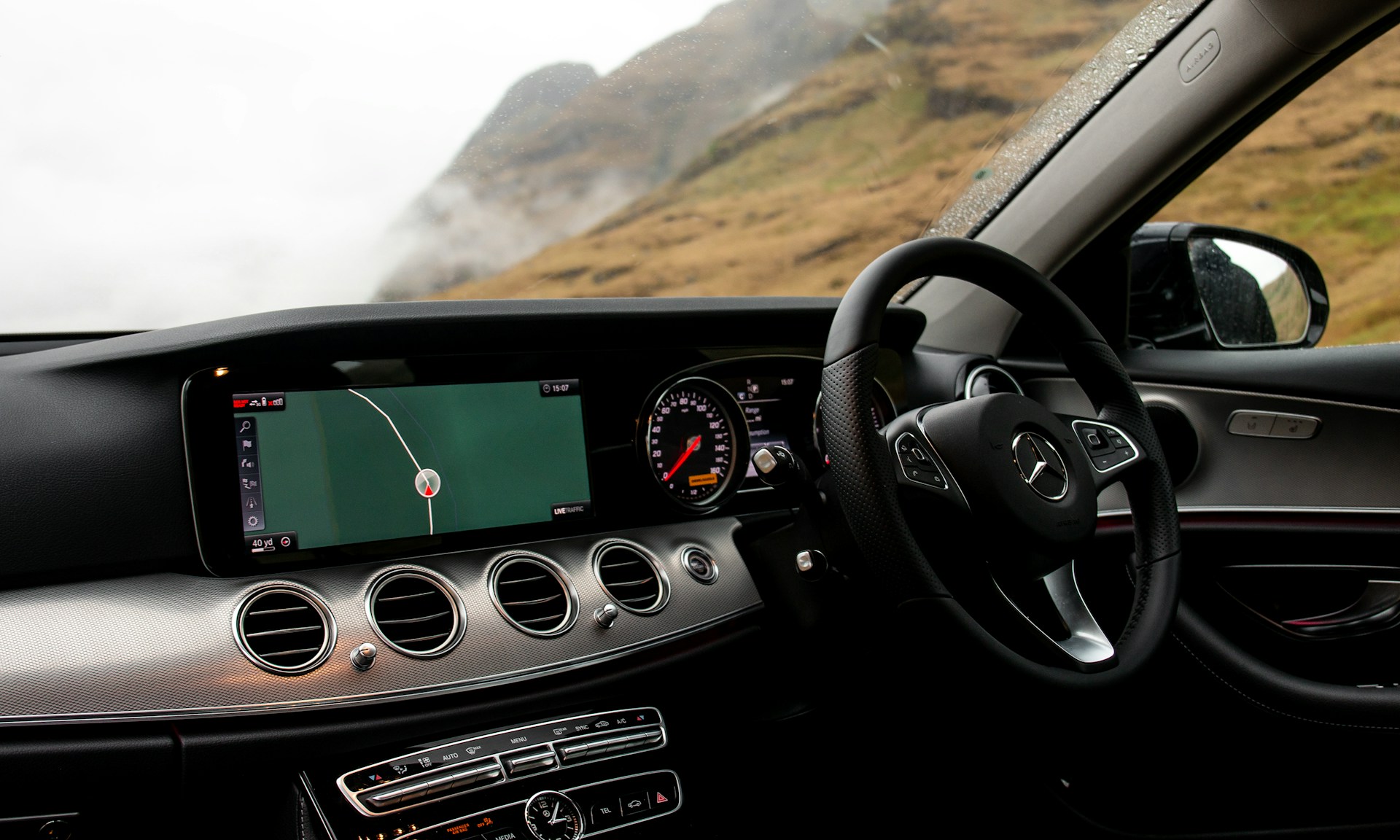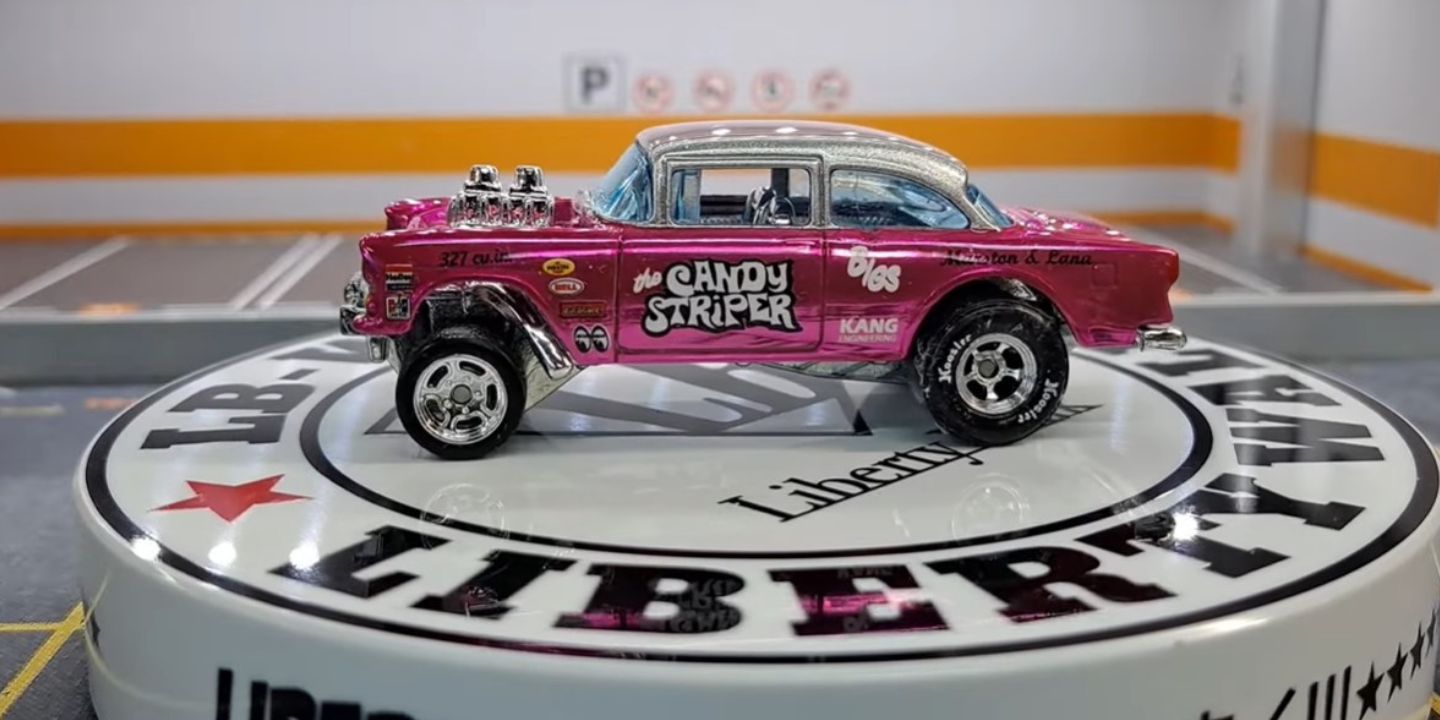How Much Have Cars Evolved?
In may ways cars have completely changed over the years, but many of its functions were genius from the very beginning. So many of us drive cars every day, but have you ever really thought about how all its amazing features came to be? Years of engineering breakthroughs have made our vehicles safer, more efficient, and more enjoyable. That's why we have compiled a list of 10 ways cars have evolved & 10 ways they've remained the same, so you can have a bit more appreciation for these incredible machines.
 Photo by Carlo D'Agnolo on Unsplash
Photo by Carlo D'Agnolo on Unsplash
1. Advanced Safety Features
Car’s these days have come a long way in the safety department. Modern cars have features like airbags, automatic breaking, and even things as basic as a seat belts. These days cars are so safe you can survive almost any accident.
 Photo by Rahul Pugazhendi on Unsplash
Photo by Rahul Pugazhendi on Unsplash
2. Fuel Efficiency
Car’s are way more fuel efficient today, mainly due to advancements in engine technology. Car’s now have the ability to travel hundreds of miles without needed to stop for gas. It must have been such a pain stopping all the time back in the day.
 https://unsplash.com/photos/a-car-with-a-paper-bag-in-the-passenger-seat-VykUJgij9bM
https://unsplash.com/photos/a-car-with-a-paper-bag-in-the-passenger-seat-VykUJgij9bM
3. Electric Vehicles
Electric vehicles weren’t really a thing even 30 years ago. The worlds shift towards more environmentally safe options has lead us down this path. Who knows, in the next 20 years we may never see a gas powered car on the road again.
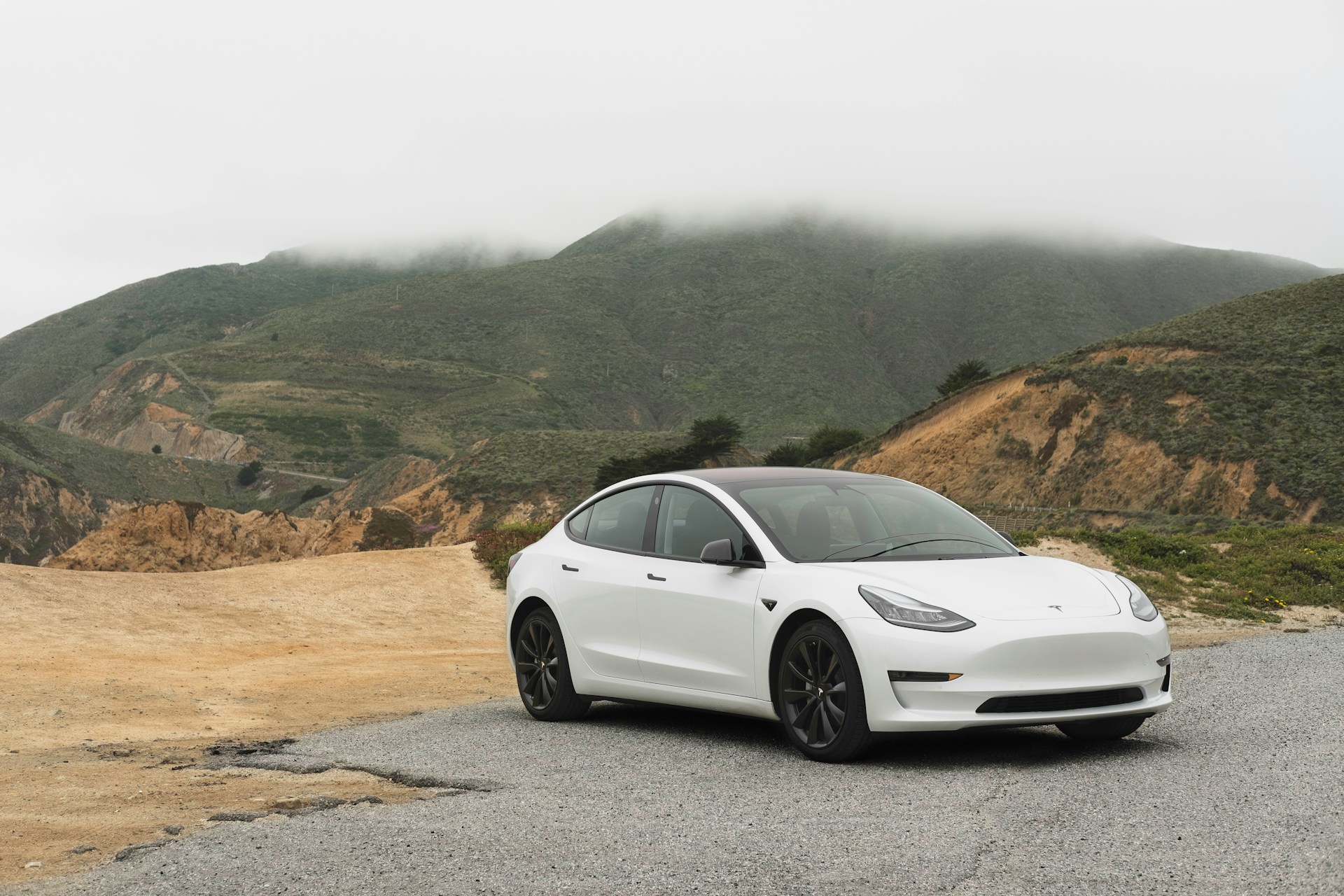 https://unsplash.com/photos/orange-suv-ORd-Ap01My0
https://unsplash.com/photos/orange-suv-ORd-Ap01My0
4. Infotainment Systems
Modern cars come equipped with so many ease of life features it’s hard to keep track of all of them. You can now hook up your phones and have instant access to communicate, play music, and navigate your surroundings. All of which have made driving far more enjoyable.
5. Autonomous Driving Technology
Some cars now have the ability to drive autonomously. While we still need to have some control of our vehicles, the hope is that the strides being made will allows us to sit back, relax, and let the car drive us where we want to go.
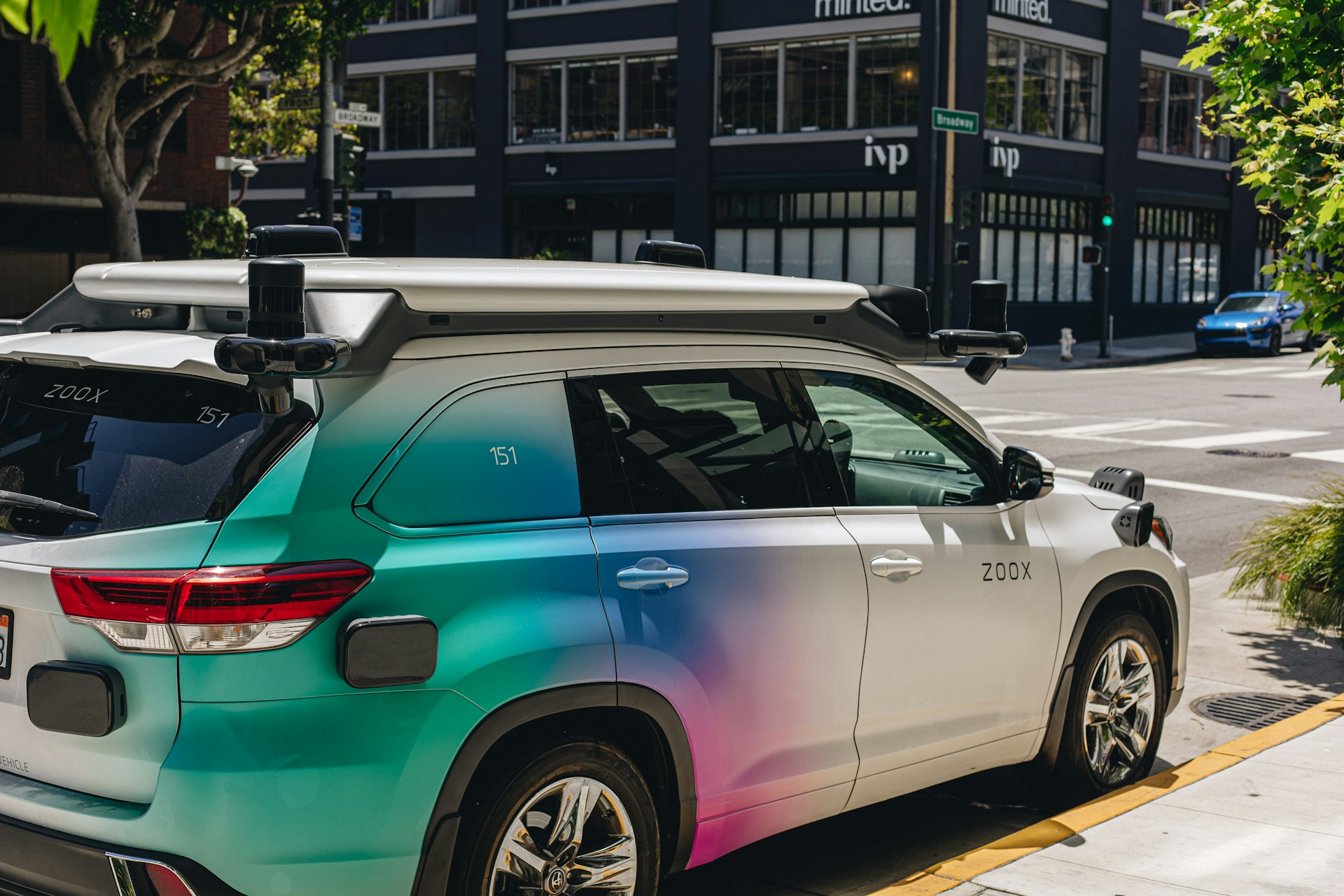 Photo by Timo Wielink on Unsplash
Photo by Timo Wielink on Unsplash
6. Improved Performance
Through years of advancements, cars today accelerate faster, turn sharper and simply perform better on all tasks. The speeds at which you can safely maneuver your car is a marvel of engineering success through years and years of improvements.
 Photo by Erik Mclean on Unsplash
Photo by Erik Mclean on Unsplash
7. Connectivity and Instant Feedback
Modern cars are connected to real time updates for all your cars features. They will instantly tell you if something isn’t working right, or update your navigation route on the fly. Back in the day you wouldn’t know your car was struggling until you either heard something or it started smoking.
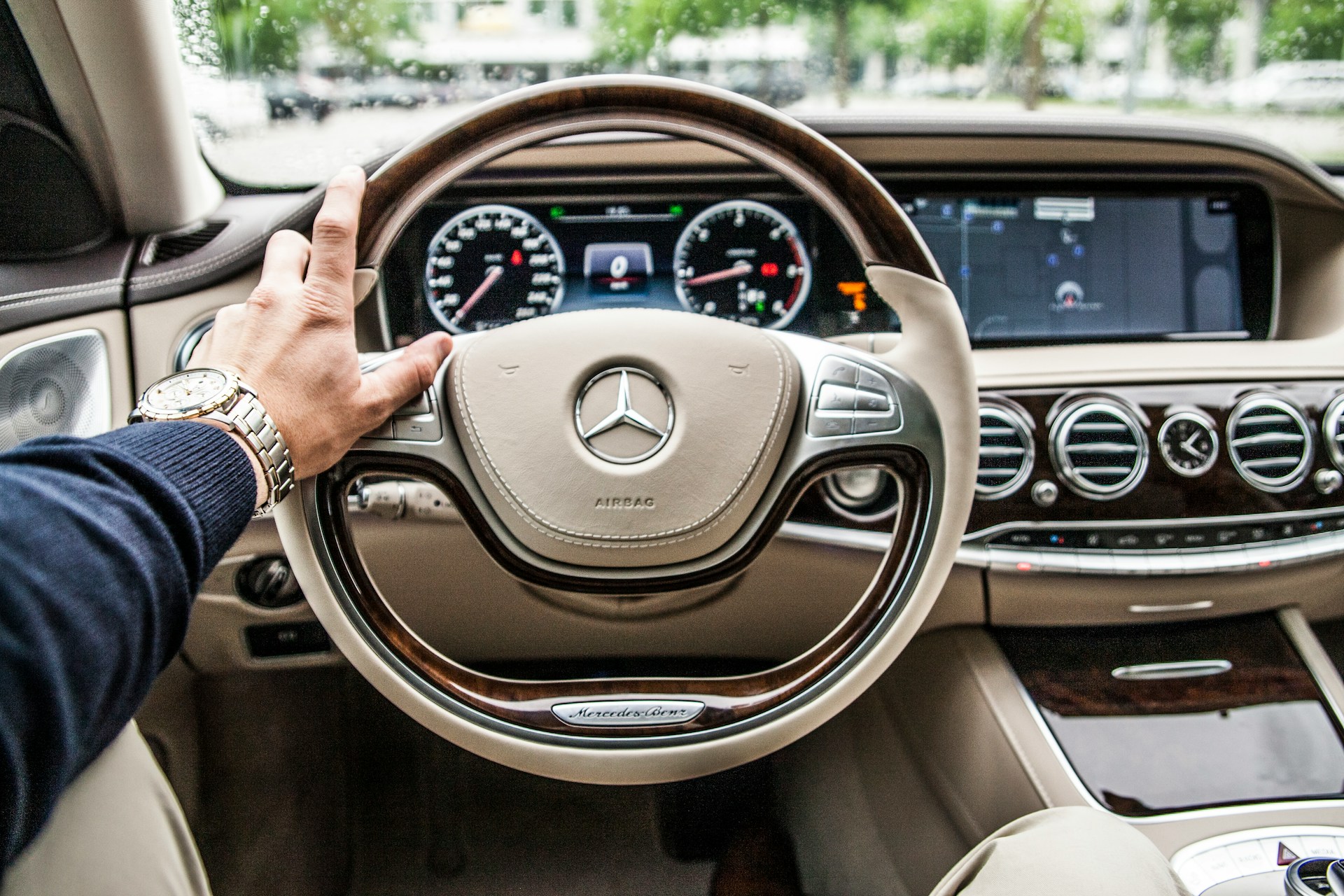 Photo by Nicolai Berntsen on Unsplash
Photo by Nicolai Berntsen on Unsplash
8. Environmental Consciousness
The automotive industry used to be based around gas guzzling cars that produced a ton of carbon emissions. These days due to public opinion, cars go through rigorous testing to achieve as high an emissions score as possible. People are now more conscious about the downsides of cars, and want to do their part in ensuring what they drive is safe for the environment.
 Photo by Olena Bohovyk on Unsplash
Photo by Olena Bohovyk on Unsplash
9. Design and Aerodynamics
Car designs have changed a lot over time. They have become less boxy to achieve a more aerodynamic look that helps with efficiency. While many older cars a have a distinctive cool look, newer cars are way safer, unique, and efficient.
 Photo by Yuvraj Singh on Unsplash
Photo by Yuvraj Singh on Unsplash
10. Digital Functions
Traditionally all of your gauges were analog, so if they broke down you had no clue how fast you were going or how much gas you had left. These days computer systems accurately portray all the necessary information, which can me modified to the users preferences.
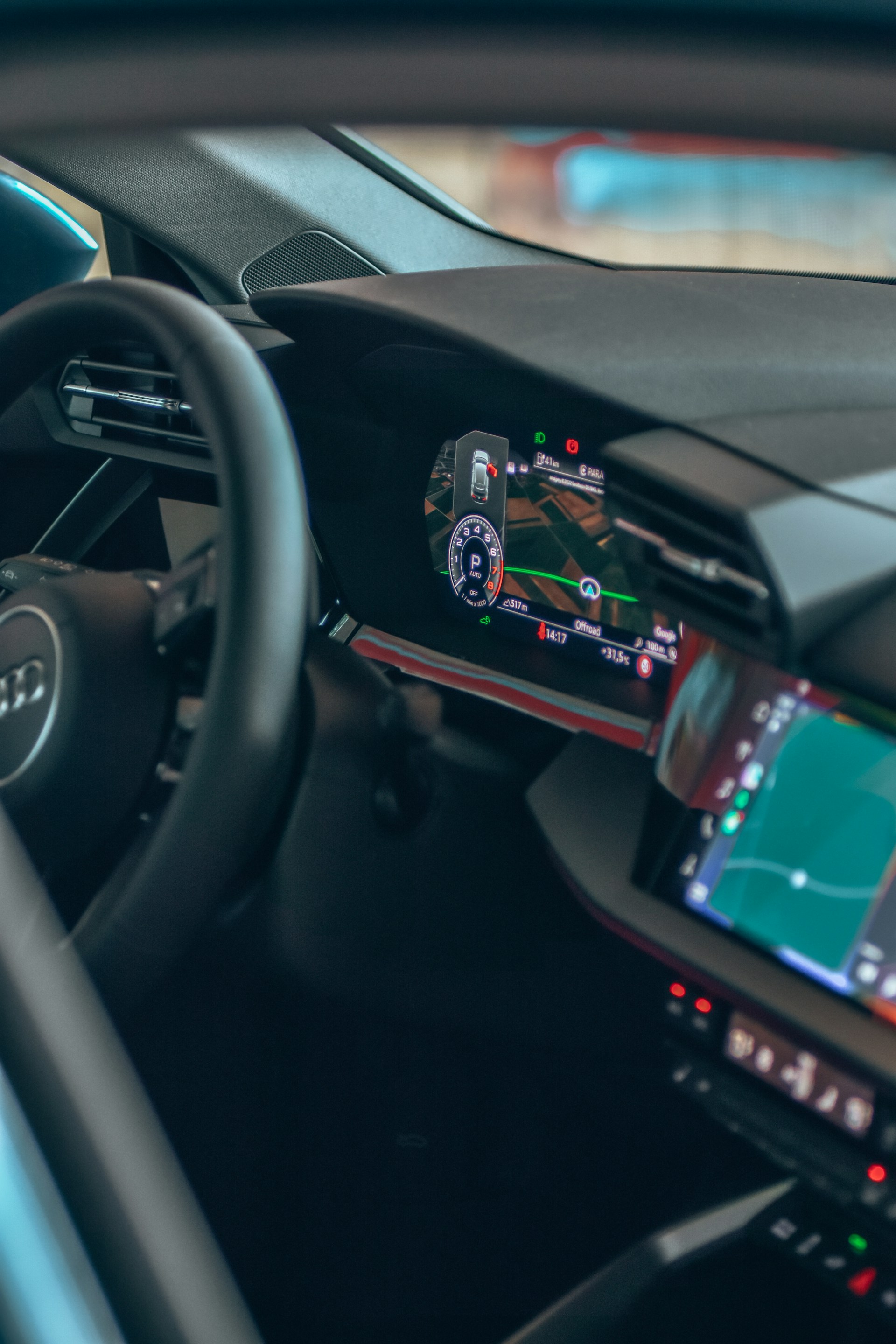 Photo by Leon Kohle on Unsplash
Photo by Leon Kohle on Unsplash
1. Basic Functionality
While there have been a ton of technological advancements, cars are still used to transport people and goods from point A to point B. They are still the main method of transportation used around the world.
2. Internal Combustion Engine
Car’s have been using an internal combustion engines over a century. Only now, with the rise of electric vehicles are things starting to change.
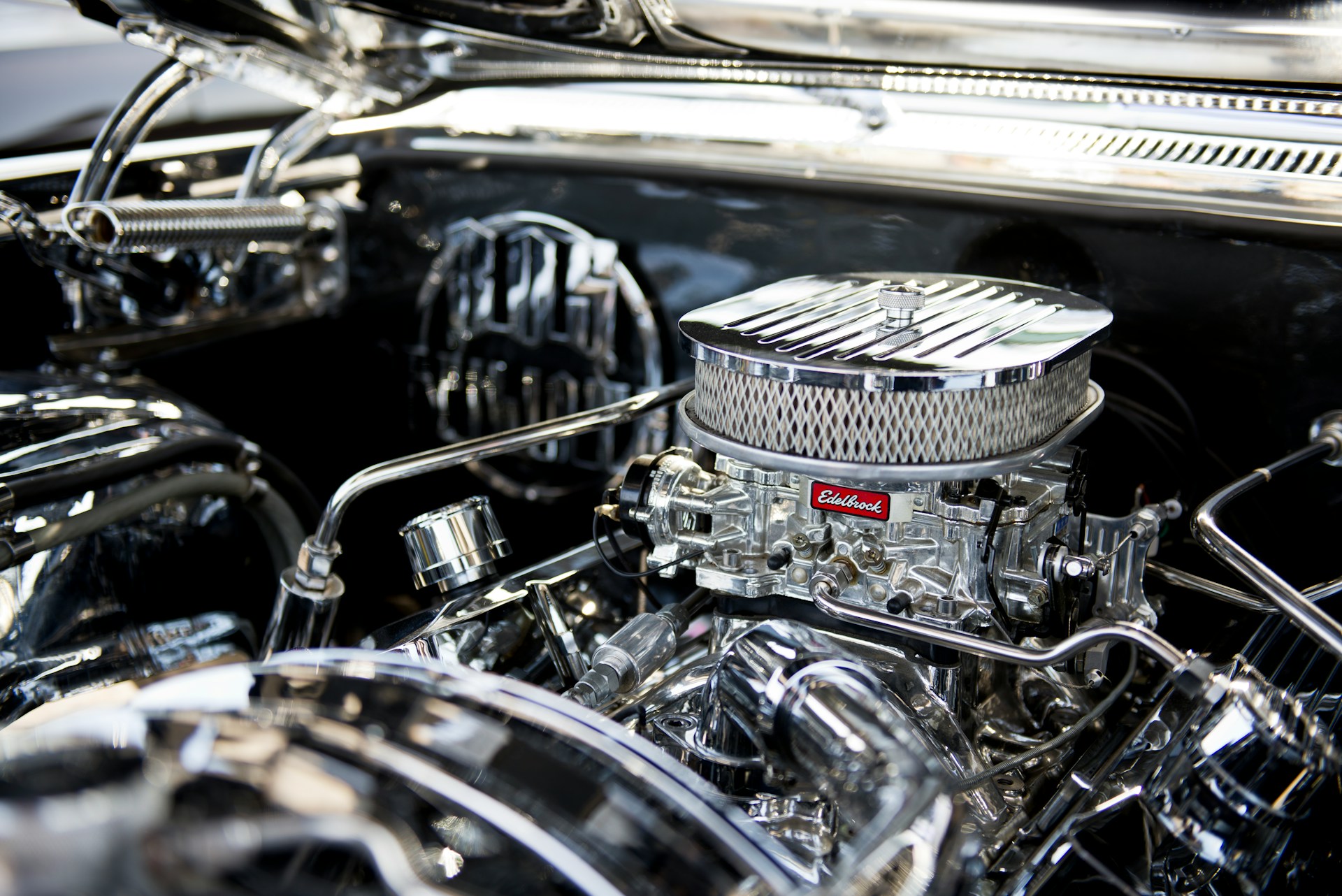 Photo by Tim Mossholder on Unsplash
Photo by Tim Mossholder on Unsplash
3. Four-Wheel Design
Car’s four wheel design hasn’t changed for over 100 years. Four wheels provide the most consistent level of functionally and stability you can achieve. While some specialize vehicles use more or less wheels, in general, cars are 4 wheel machines.
 Photo by Filip Mroz on Unsplash
Photo by Filip Mroz on Unsplash
4. Steering Mechanism
The same steering mechanism has been used for decades. While there are technologies such as power steering that make it easier, the overall mechanisms have remained the same.
 Photo by Bhaskar Chowdhury on Unsplash
Photo by Bhaskar Chowdhury on Unsplash
5. Brake Systems
While brake technology has improved immensely over the years, car’s still use the same system. They are reliable and continue to be able to get cars at any speeds to stop when the driver needs them too. They are simply the safest method of breaking we currently have.
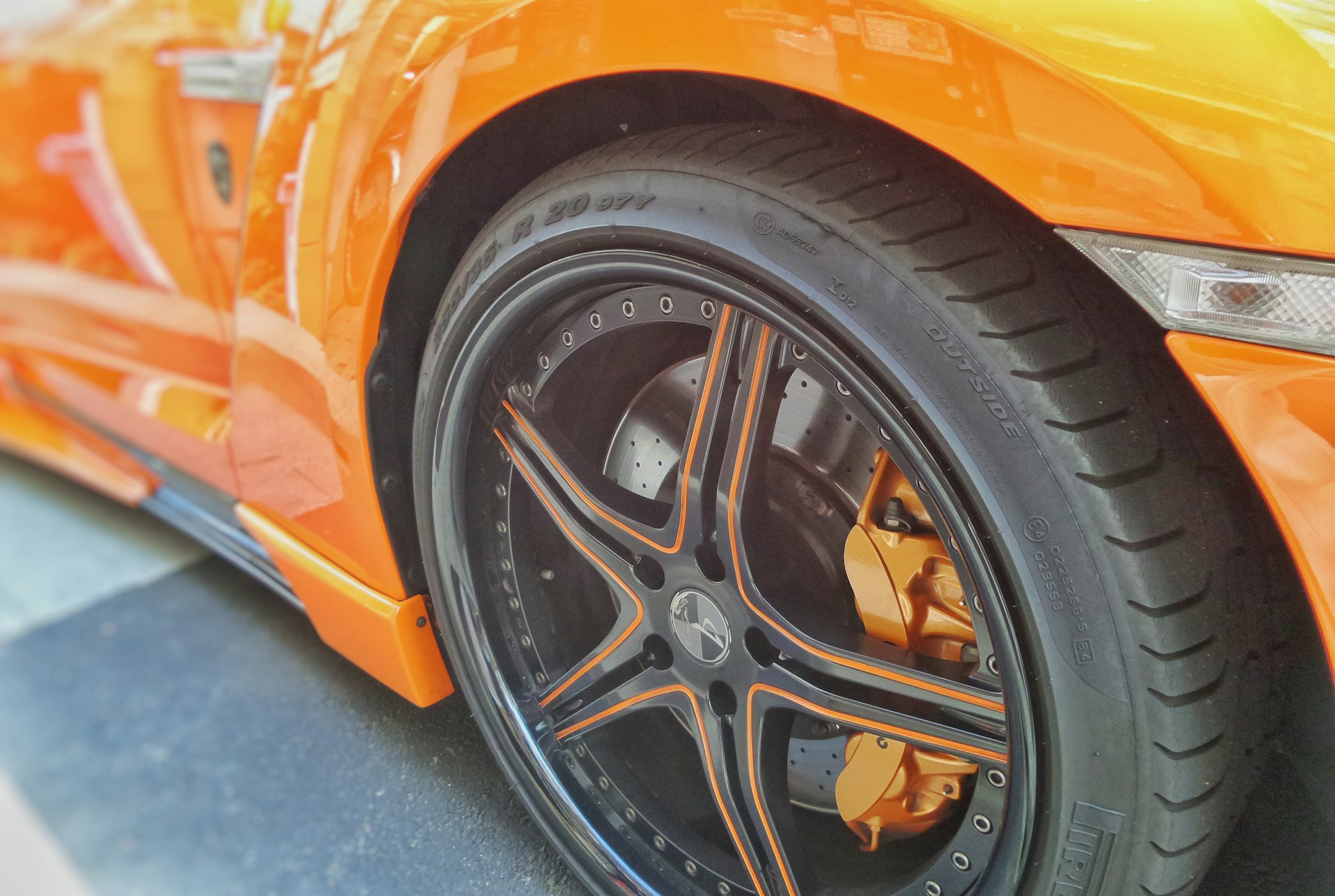 Photo by Possessed Photography on Unsplash
Photo by Possessed Photography on Unsplash
6. Human Drivers
While in recent history cars for the first time are able to drive autonomously, human drivers are still required to be in charge of the wheel. This may not be the case in the next 20 years, but for now every car on the road will have some person driving it.
7. Use of Steel
Steel remains as the primary material in car manufacturing. It is unmatched in its strength and durability. There are lightweight alternatives like carbon fiber that are increasingly being used, but steel is still the main component in pretty much every car on the road.
 Photo by Hansel Gonzalez on Unsplash
Photo by Hansel Gonzalez on Unsplash
8. Wheels and Tires
Wheels have changed very little over the last 100 years. They may be thicker, a higher quality, or even a different material than their predecessors, but they essentially do the same thing.
 Photo by Taras Chernus on Unsplash
Photo by Taras Chernus on Unsplash
9. Gear Systems
Manual and automatic transmission systems have changed a ton over time, but the general idea of gears controlling the engine power remains the same. While many cars now shift gears using paddles on the steering wheel, the gears are is still used in the same way.
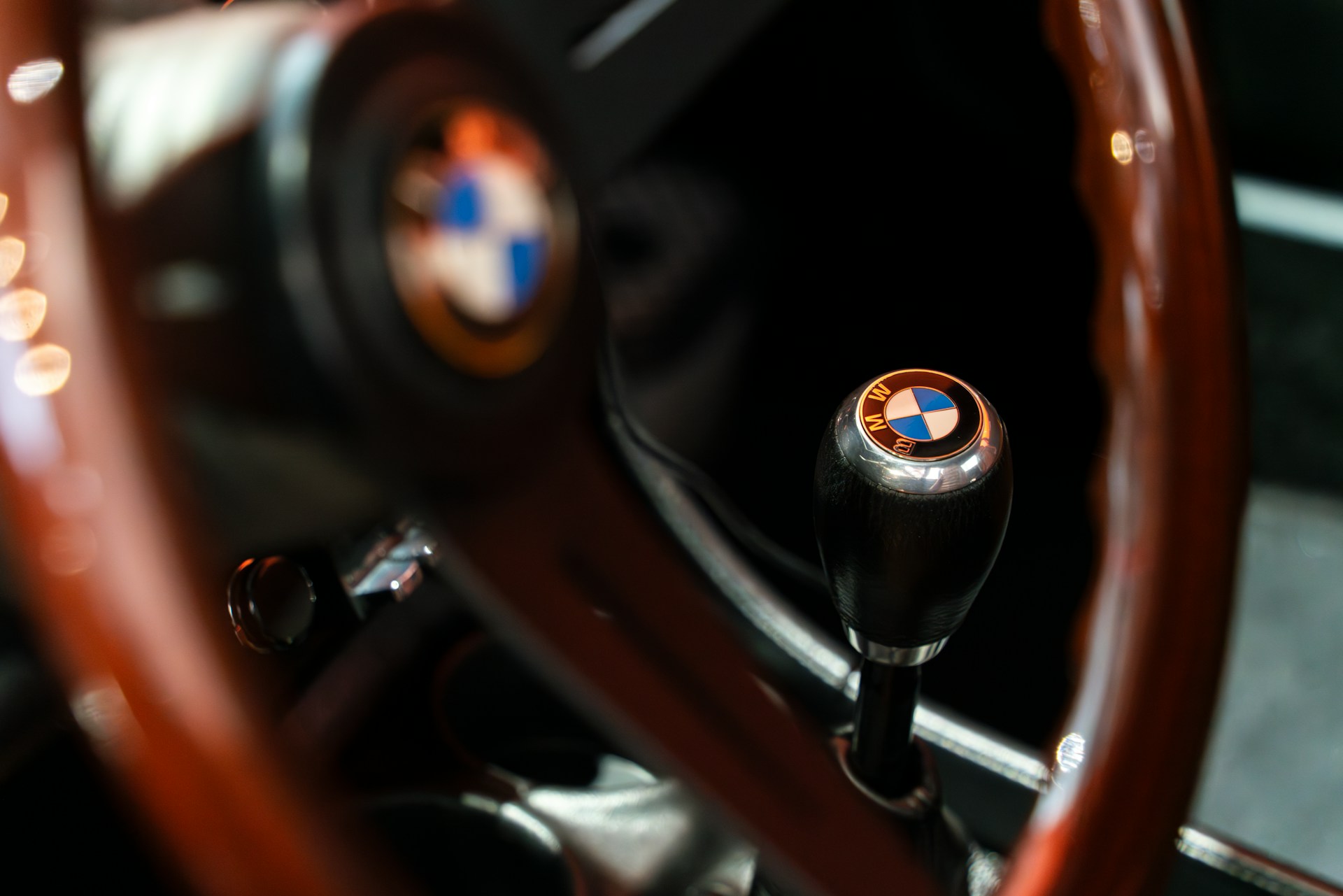 Photo by Hoyoun Lee on Unsplash
Photo by Hoyoun Lee on Unsplash
10. Ownership and Personal Use
People still own and lease their cars the same way they always have. Cars are an expensive purchase that serve as a symbol of independence and convenience. While there are many other options for transportation, car owners are still a large majority drivers on the road.


